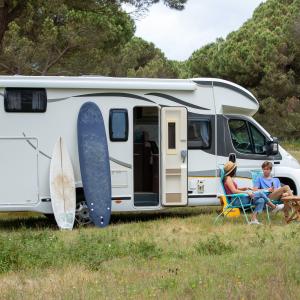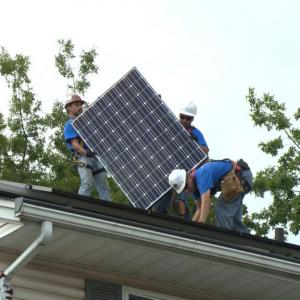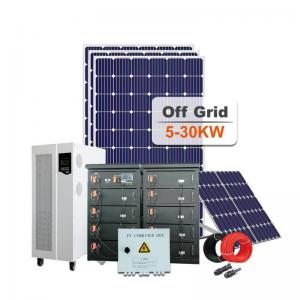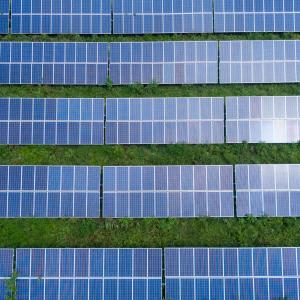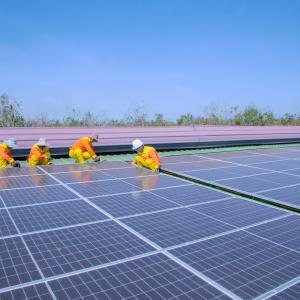How Does Solar Energy Work?
You already know that switching from the standard electric company to solar power is great for the environment and your wallet. It can present a huge cost savings over traditional forms of power, but how does it actually work? Understanding the ins and outs of solar energy is essential to help you in making the right decision for your home.If you are thinking about making the switch, here is what you need to know about how solar energy works:
The Basics Of Photovoltaic Panels
Photovoltaic (PV) panels are most commonly used to create solar energy, and can be installed on a home. These panels are what most people are familiar with when they think of clean energy sources and slashing their electric bill month after month. Here’s how it works:
In essence, the process of making solar energy is quite simple to understand. The sun is the source of solar radiation which is received by the PV panels. When sunlight hits the silicon layer on the top of the solar panel, the electrons of the atom are knocked free from the atom itself.
The panels then convert this solar radiation or electromagnetic radiation into free energy that can power your home and save you on electricity bills. As the electrons shift, the PV panel starts to make an electric current known as direct current or DC.
The wiring catches this DC power and transfers it to an inverter where it is made into alternating current (AC). This AC is the type of power used by standard electrical outlets in the home, giving you the electricity that you need.
In short, the cells in PV panels absorb the sunlight and turn it into energy. The energy transforms into an electrical charge that provides electricity for your use.
Can You Get Solar Power On A Cloudy Day?
The amount of energy you can generate does depend on the amount of sunlight your PV panels receive. However, they can still produce this energy for your home even on a cloudy day. They only need some measure of daylight to be able to tap into the free and clean energy source provided by your solar system.
Keep in mind that your actual output can vary based on the area covered by your solar panels, how many you have, and where those panels are located on the home. Direct sunlight is the most effective means of generating solar power, though any type of daylight will still create an amount of power.

